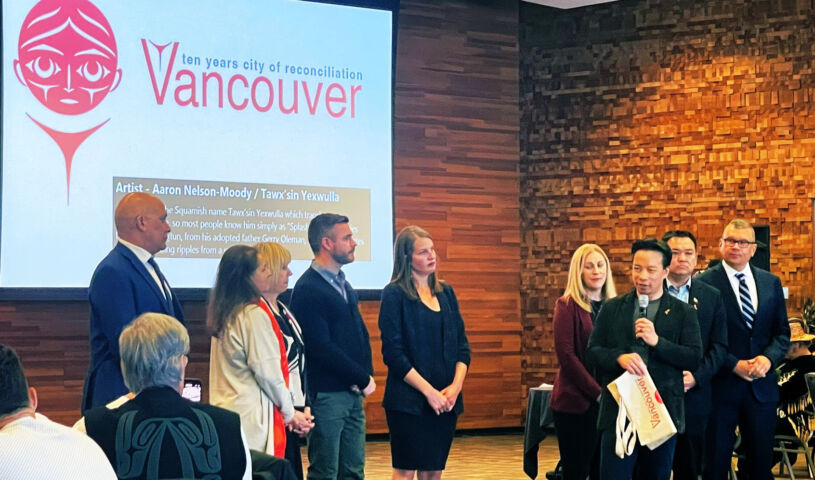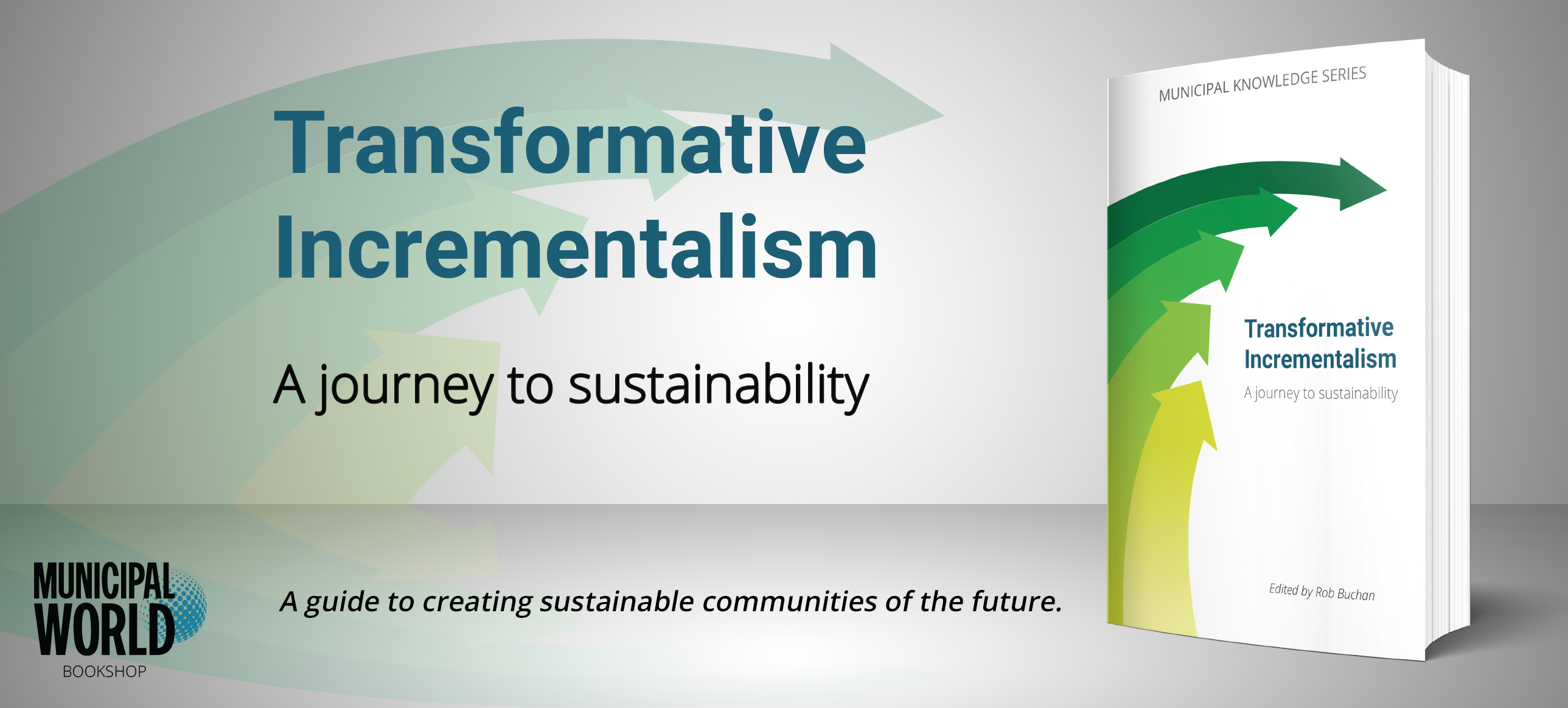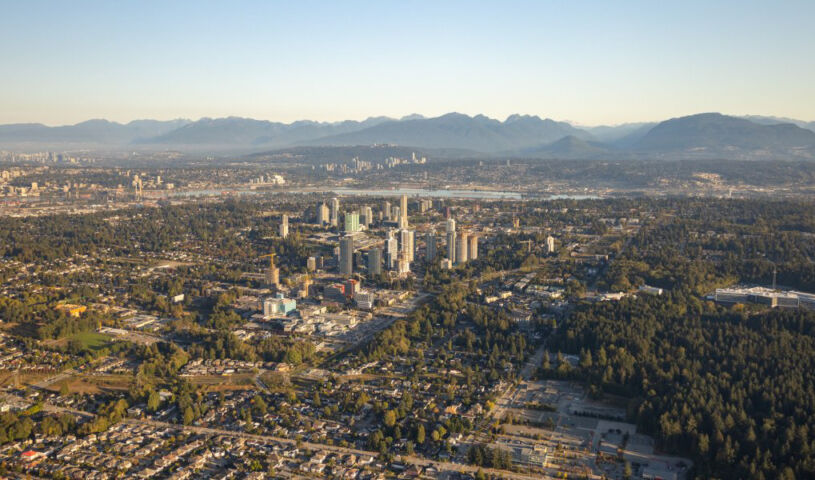Vancouver, First Nations unveil new UNDRIP action plan
 Communities across Canada recently marked National Indigenous Peoples Day on June 21 and held events and programs about Indigenous cultures and histories. Photo: Chas Desjarlais/X.com
Communities across Canada recently marked National Indigenous Peoples Day on June 21 and held events and programs about Indigenous cultures and histories. Photo: Chas Desjarlais/X.com
Many communities across Canada recently marked National Indigenous Peoples Day on June 21 and held events and programs throughout the month about Indigenous cultures and histories.
“National Indigenous Peoples Day is an important part of both National Indigenous History Month and the year as a whole,” said Assembly of First Nations National Chief Cindy Woodhouse Nepinak. “It serves as a reminder to uplift our rich First Nations cultures, traditions, languages, and ceremonies. It also provides an opportunity to reflect on the longstanding issues First Nations face, and the need to work in collaboration with all levels of government to address these gaps.”
In a statement, Prime Minister Justin Trudeau said Indigenous cultures have persevered despite colonial attempts to erase them.
“Despite past attempts by Canada to erase Indigenous cultures, traditions, and languages, Indigenous Peoples persevered,” Trudeau said. “Today, we celebrate their achievements, their courage, and their unwavering resilience.”
Reconciliation Efforts in B.C.
In Vancouver, people celebrated the day with a street party organized by the Carnegie Community Centre.
“I’m so proud to celebrate National Indigenous Peoples Day with Carnegie Community Centre for the second year in a row,” said Mayor Ken Sim. “As we look to the future, it’s important that we continue to address inequities, advance Reconciliation, and find ways to celebrate and showcase Indigenous culture.”
In Parksville, on Vancouver Island, Mayor Doug O’Brien recently proclaimed June 30 as Indigenous Survivors Day.
“As a city, we recognize the lives and communities impacted by the residential school system in Canada,” he said. “June 30 is a day to honour and uphold survivors and intergenerational survivors of the residential school system and a reminder of the ongoing challenges confronted by Indigenous people and communities.”
Chief Woodhouse Nepinak urged Canadians to use the day to advance Reconciliation and familiarize themselves with the Truth and Reconciliation Commission’s Calls to Action and the Calls to Justice from the National Inquiry into Missing and Murdered Indigenous Women and Girls.
“We encourage everyone to become familiar with these texts, and to participate in activities that promote learning and understanding and advance First Nations priorities forward in a spirit of Reconciliation, inclusivity, and partnership,” she said. “Our hope is that today will inspire reflection, education, and action across Turtle Island.”
Vancouver Unveils UNDRIP Plan
This year marks the third anniversary of Canada’s legislation on the United Nations Declaration on the Rights (UNDRIP) becoming law. While Canada initially opposed UNDRIP, the federal as well as provincial and municipal governments have since passed legislation to implement it.
Indigenous leaders have said that while the law is an important step in the right direction, Canada needs to do much more to reconcile with Indigenous Peoples.
“While we acknowledge this milestone, we must recognize the long road ahead in fully implementing this Act,” Chief Woodhouse Nepinak said. “We urge the federal government to strengthen its commitment to ensuring the principles and rights enshrined in this act are fully realized.”
On June 25, a five-year UNDRIP action plan was officially presented to Vancouver council. Earlier this month, the City of Vancouver and three First Nations whose territories encompass the city released a report which highlighted 18 goals that Vancouver, xʷməθkʷəy̓əm (Musqueam Indian Band), Sḵwx̱wú7mesh (Squamish Nation), and səlilwətaɬ (Tsleil-Waututh Nation) should work toward over the next five years.
The action plan includes goals centred on tackling housing, cultural presence, and environmental racism. The plan also asks the Vancouver Police Department to engage with First Nations to adopt an UNDRIP strategy plan.
“This five-year Action Plan is the first action plan to implement the long-term Vancouver UNDRIP Strategy,” the plan reads. “This plan was entirely co-developed by the intergovernmental UNDRIP Task Force together with colleagues at the staff and Council level from Musqueam, Squamish, Tsleil-Waututh and the City of Vancouver.”
Making History in Vancouver
In March 2021, Vancouver council unanimously adopted a motion to create a UNDRIP Task Force that would work with the Musqueam, Squamish, and Tsleil-Waututh nations to develop the city’s UNDRIP Strategy and UNDRIP Action Plan.
The plan has the backing of First Nations whose territories make up the city of Vancouver. Musqueam Indian Band Chief Wayne Sparrow said Vancouver was “making history” by unveiling the action plan.
“The City of Vancouver’s UNDRIP Action Plan marks a significant step forward in respecting and recognizing Indigenous rights and titles,” said Squamish Nation Chairperson and Task Force Co-Chair Khelsilem. “This plan, in alignment with Canada and British Columbia’s broader efforts, represents necessary and long-overdue changes that will enhance the quality of life for everyone.”
The United Nations adopted UNDRIP in 2007. The declaration aims to provide a comprehensive framework on the rights of Indigenous Peoples and for Reconciliation with Indigenous Peoples.
Coun. Christine Boyle, who also co-chairs the task force, called the action plan groundbreaking and said implementing UNDRIP is “an essential response to Indigenous rights, prioritizing self-determination, and investment in the well-being of Indigenous people in Vancouver.”
10 Years of Reconciliation
This year also marks Vancouver’s 10-year anniversary as a city of Reconciliation. Council designated Vancouver a city of Reconciliation in 2014.
“The long-term commitment will move forward the city’s continuing work on raising awareness, creating partnerships, and addressing capacity for the betterment of the City of Vancouver,” a city manager report to council stated at the time. “Focusing on the significant relations with the Musqueam, Squamish, and Tsleil-Waututh First Nations, and with the urban Aboriginal community.”
The city unveiled a new logo created by Squamish Nation artist, Tawx’sin Yexwulla Aaron Nelson Moody to mark the 10th anniversary.
The face-and-trigon logo is meant to represent the spirit of Musqueam, Squamish, Tsleil-Waututh, and all Vancouverites, symbolizing protection and identity. While its black and red colors are meant to signify strength and nurture respectively.
On Jan. 24, Vancouver council unanimously approved the ʔəy̓alməxw/Iy̓álmexw/Jericho Lands Policy Statement. The policy statement establishes planning principles and policies that will guide future rezonings and redevelopment of the site over the next 25-30 years.
“Jericho Beach has been intertwined with the lives of the xʷməθkʷəy̓əm (Musqueam), Skwxwú7mesh (Squamish), and səlilwətaɬ (Tsleil-Waututh) peoples for thousands of generations,” Chiefs from the three First Nations wrote in the policy statement. “Our vision for ʔəy̓ alməxʷ/Iy̓ álmexw/Jericho Lands shared in this Policy Statement encompasses a thoughtful blend of objectives: enhancing First Nations reconciliation, protecting the environment, providing housing for people with different income levels, offering parks and open spaces, and celebrating Indigenous heritage.” MW
✯ Municipal World Executive and Essentials Plus Members: You might also be interested in Heidi Redman’s article: Tse’k’wa amphitheatre: Storytelling in outdoor spaces.
Ibrahim Daair is staff writer at Municipal World.
Related resource materials:



